How to Play Flesh and Blood
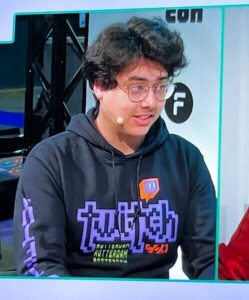
Alex Kivitz
What is Flesh and Blood?
First off, what is Flesh and Blood and why should I play it? Flesh and Blood is a dynamic trading card game in which two or more players embody their chosen heroes and battle to determine the victor. Each hero is equipped with a deck, their weapon(s), and their equipment, made up of cards from their corresponding class.
The innovative card game, Flesh and Blood, was developed by New Zealand game developer Legend Story Studios in 2019. Now Flesh and Blood is run in thousands of stores worldwide, welcoming all players as an entry point for casual play all to competitive players aiming to be the world champion.
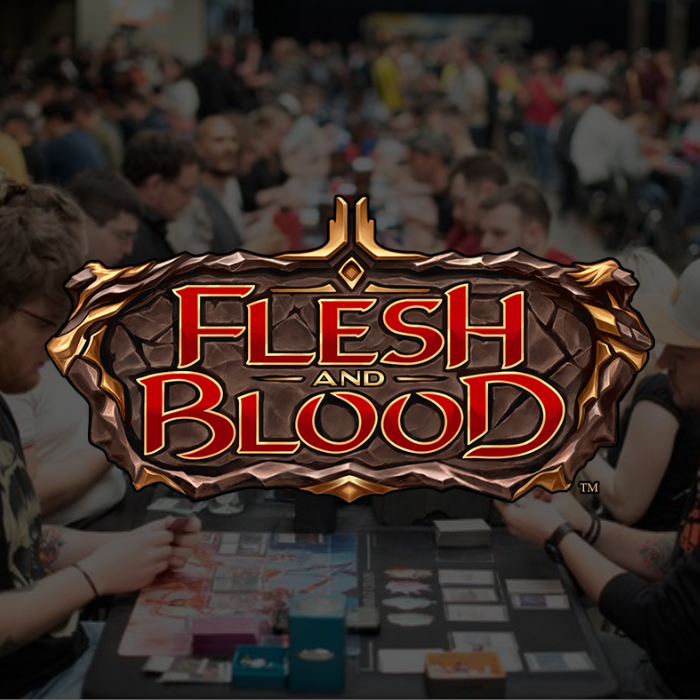
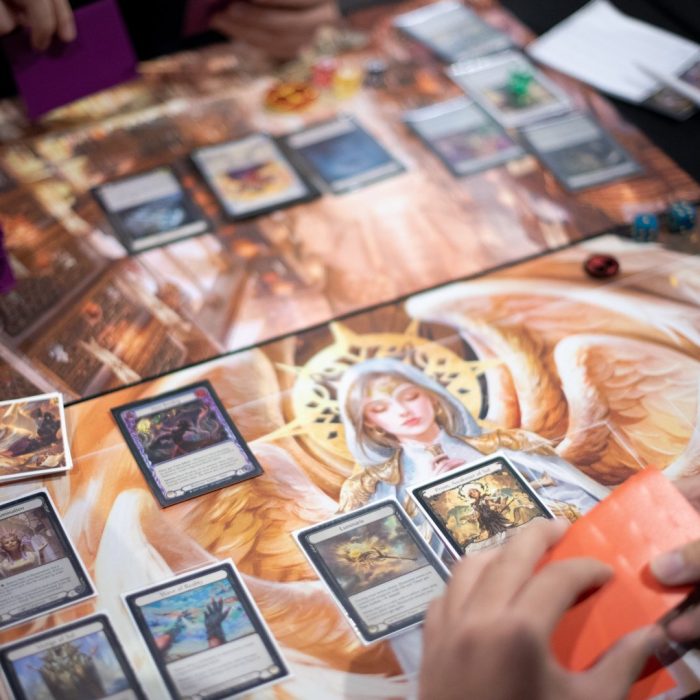
To many people, Flesh and Blood is more than just a game, it’s a community, it’s what brings people together. In the words of the game’s creator, James White, “it’s about bringing people together through the common language of playing great games”. For me, when I first moved abroad, I didn’t know anyone in my new city. I happened to learn about Flesh and Blood through some friends before I moved, and so I went down to the local game store and asked if anyone played. Nearly three years later, I’ve met so many friends, traveled around the world to events, and even now get the chance to tell you about Flesh and Blood because of it.
The biggest impact it had on me personally is that I’ve made many new friends around the world thanks to this game. I look forward to each upcoming event where I can meet and hang out with them again. Even when not attending these events, I get to hop online and chat, or test games through video calls. It’s such a great community and I’m glad I learned how to play when I did. All that aside, lets dive the question on everyone’s mind: How do you play Flesh and Blood.
How Do You Play Flesh and Blood
In Flesh and Blood you take control of one of the game’s iconic heroes. Each hero, like in many popular MMORPGs, has a class. There are several to choose from, be it the Warrior class, Wizard, Guardian or Ranger, to name a few. Each hero takes into battle a weapon of their class as well as unique armor pieces, really letting you kit out your deck and customize your hero however you like. The developers over at Legend Story Studio (LSS) created a very concise and easy to learn demo-deck consisting of Ira, Crimson Haze and her key weapon Edge of Autumn.
Ira is a ninja hero with an Intellect value of 4 and a starting healthy of 20 – denoted on the bottom left and right respectively. Ira also has a unique hero ability that will come in handy later. You win the game by reducing your opponent’s life total to zero. In most cases, this is done by playing attack cards and attacking with your weapon. A hero’s intellect score reflects how many cards they draw at the end of each of their turns. In this case, Ira draws until she has four cards in hand at the end of her turn.
Reading the Card Explains the Card
In a game of Flesh and Blood, the most common type of card you will come across are Attack cards. Attack cards are a subtype of Action cards that deal damage to an opponent. These “Attack Action Cards” have distinct pieces of information that detail how they can played and what they do. Each attack card had five points of interest to pay attention too, one in each of the corners of the card and the main text box. These pieces of information dictate how cards may be played and what they do.
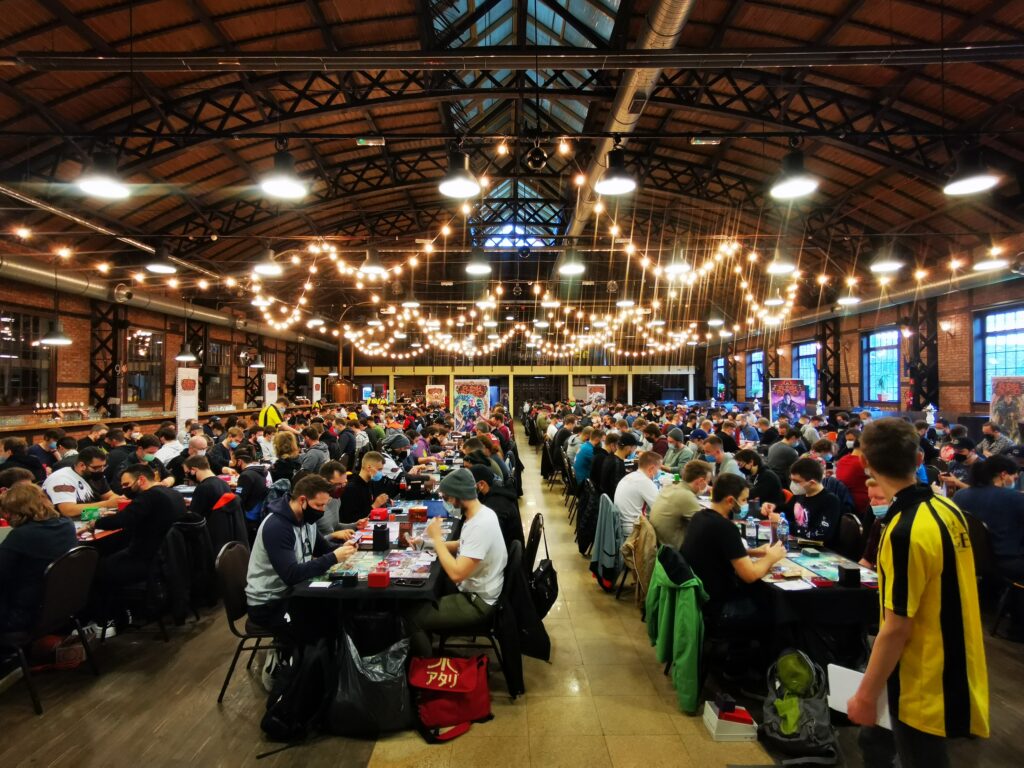
Let’s take a look at the card Torrent of Tempo. The upper left corner shows a symbol with three circles and one of them is filled in. This symbol dictates the “Pitch Value” of the card. The one filled in circle dictates how many “resources” this card pitches for. We will go into what pitch means in a moment. The top right number shows how much the card costs to play. This card has a number 1, meaning it costs 1 resource to play. Resources are generated by pitching cards into the pitch zone during your turn.
In the bottom left corner we see a small yellow symbol with the number 5 next to it. This is the card’s attack power. This is how much damage it will deal to the opponent if left unblocked. In the bottom right we see a shield symbol with the number 3 beside it. This is the cards defence value. When this card is used to defend, this is how much damage will be blocked from an opposing attack. Finally we have the text box of the card. Torrent of Tempo says “If Torrent of Tempo hits, it gains go again”.
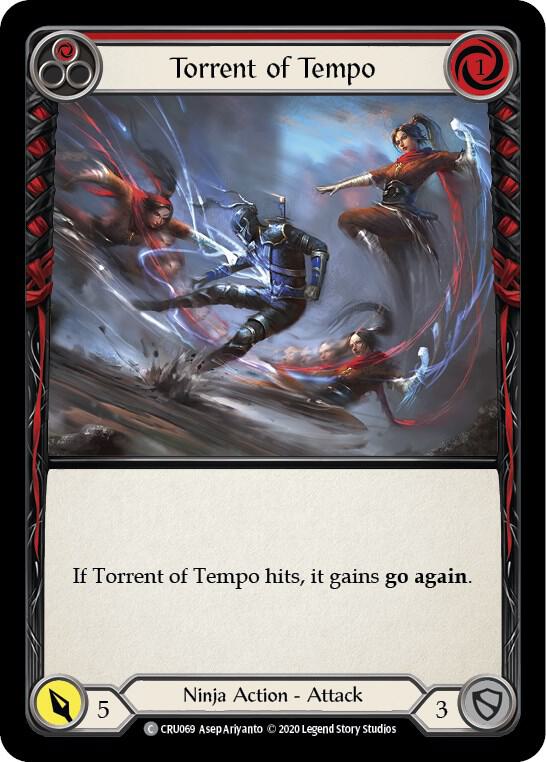
Playing Flesh and Blood
Now that we are aware of the elements of the various Flesh and Blood cards, the question remains, how does on play these cards? Let’s take a look at the “Arena” and see how we play these “Attack Action Cards”
Looking at the play space, we have in the center a place for your Hero and either two one handed weapons or a single two handed weapon. Underneath we have the arsenal which will be covered when we discuss how turns play out in Flesh and Blood. To the left of the playing field we have the equipment zones. When playing fully constructed games of Flesh and Blood, your equipment begins on the field in the dedicated zones and add extra abilities and passives you hero may utilize. To the right we have the deck zone, the banish zone, the graveyard, and the ever important pitch zone. Finally at the top of the field, we have the Combat Chain. Here is where the majority of gameplay will occur.
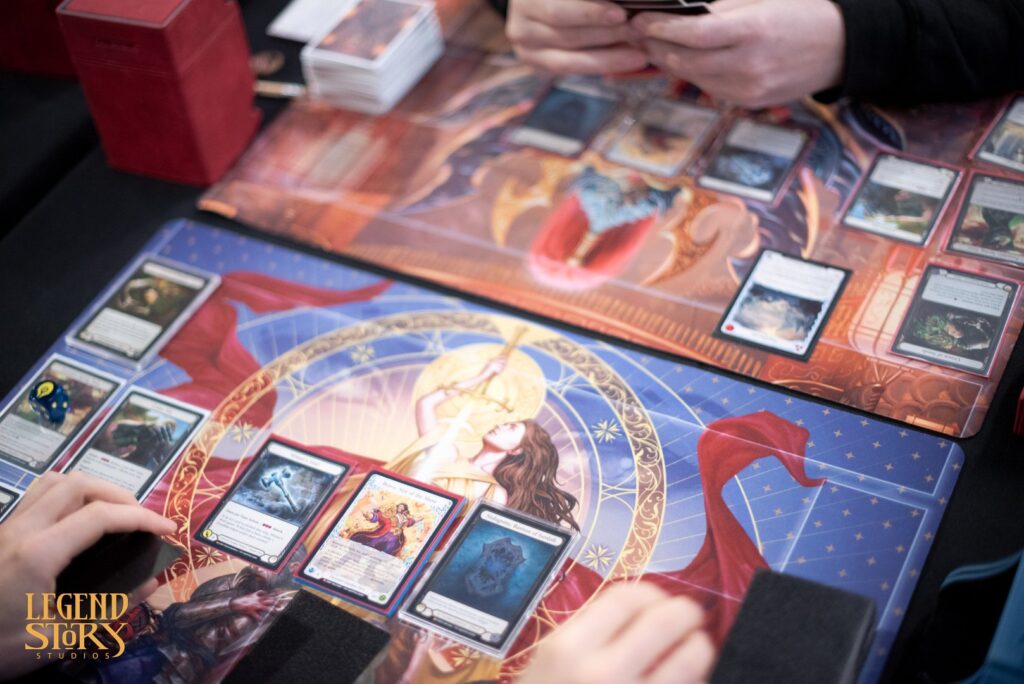
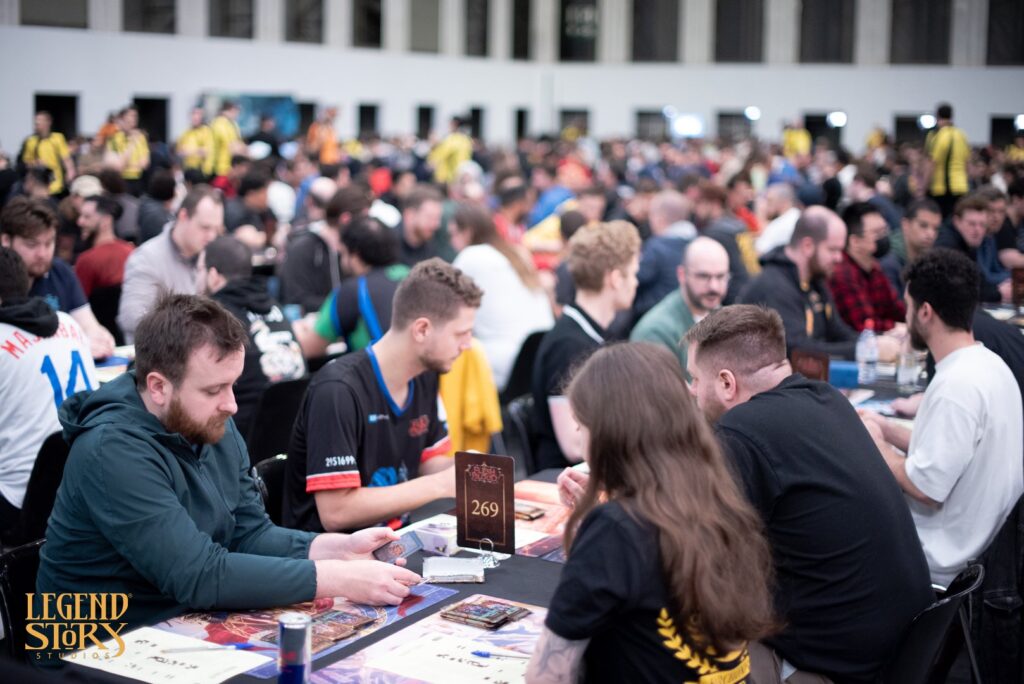
Players alternate turns, attacking their opponent while the opponent attempts to block damage. To play an attack, there are two resources to keep track of – Resources and Action points. The easier of the two to track are resources. Resources are generated by pitching cards into the pitch zone and can only be generated when required to pay for a card. A player may not pitch a card for no reason.
The second criteria for playing cards is having available action points. Each player begins their turn with a single action point, and playing an action consumes that action point. Unless a card has go again printed on it, no more cards can be played afterwards. Cards with go again generate a new action point when the card has fully resolved.
Now, how does an attack get played? Well, Player 1 begins their turn and wants to attack with Torrent of Tempo. They put Torrent of Tempo on the combat chain. Now they must take any of their other cards in their hand and place it in the Pitch Zone. That card will generate resources equal to its pitch value. Torrent of Tempo is now attacking and the action point and resource required are spent. If Torrent of Tempo hits it will gain go again and an new action point will be generated for a follow up attack. This is the general idea of how cards are played. Now let’s look at what an average turn of Flesh and Blood will look like.
Flesh and Blood: Gameplay Experience
For this example, we will have Jurgen and Robin playing a game against each other. Jurgen has four cards in hand. Brutal Assault, Torrent of Tempo, Salt the Wounds, and Lunging Press. Jurgen begins the turn by activating Ira’s weapon, Edge of Autumn. Edge of Autumn costs one resource, and so Jurgen pitches Brutal Assault, using one of the three resources it generates for Edge of Autumn and leaving him with two resources left. Edge of Autumn is now attacking for 1 damage. Robin feels this is fine, and declares no blocks. Edge of Autumn deals one damage to Robin and because Ira’s weapon has go again, Jurgen may attack again.
Next, Jurgen plays Torrent of Tempo. Because he still has two spare resources from when he pitched Brutal Assault, he does not have to pitch again, and simply uses one of those leftover resources. These resources do not disappear during the turn. Leftover resources are only lost when the turn is over. Torrent of Tempo has base power 5, but because this is the second attack of the turn, Ira’s hero ability is triggered, giving the attack +1 power. Torrent of Tempo is now attacking for 6. Robin sees this and doesn’t want to let Torrent of Tempo hit. If it were to hit, it means more potential attacks coming in, so Robin attempts to fully block the attack by blocking for 6 with two cards.
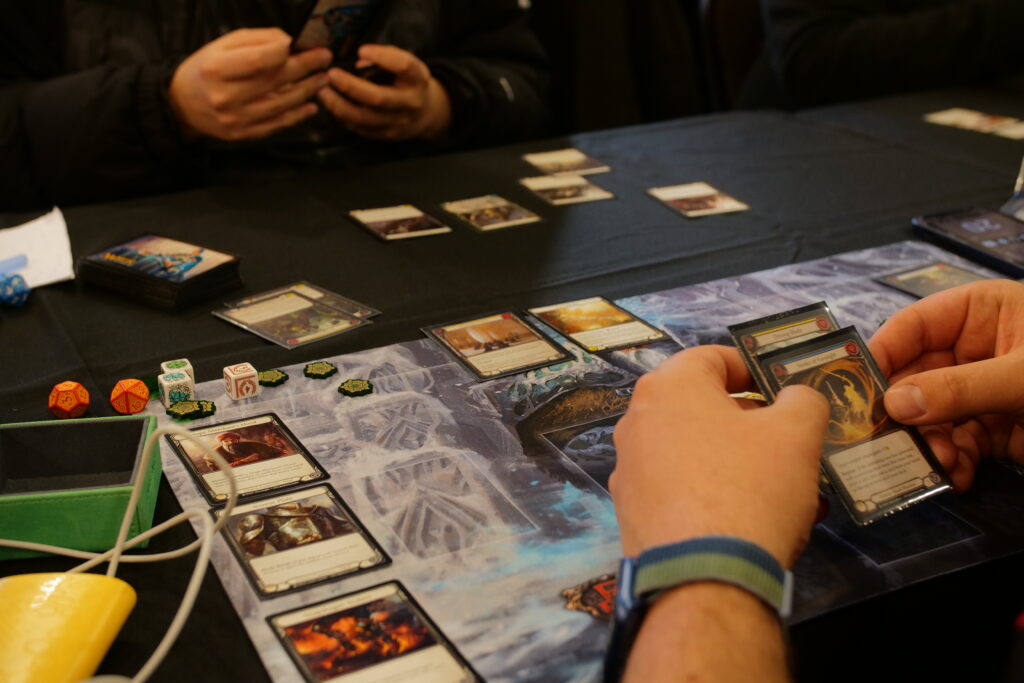
Jurgen sees this block, and sees an opening to use Lunging Press to buff the attack. If Torrent of Tempo hits, Jurgen can follow up with the Salt the Wounds from his hand for 4 more damage. After Robin declares his blocks, Jurgen announces he has an attack reaction and plays Lunging Press from his hand. This gives Torrent of Tempo another plus one power, making it attack for 7. Robin sees this and really doesn’t like it.
Fortunately, Jurgen isn’t the only one with a trick up his sleeve. Robin announces he has a defence reaction in the form or a card called Springboard Somersault. Robin plays Springboard Somersault from his hand, adding another 2 block to his defence, bringing Robin’s total block value to 8. If Jurgen had another another attack reaction now would be a good time to play it, but unfortunately he doesn’t. Torrent of Tempo fails to hit, therefore it does not gain go again.
With no additional action points, Jurgen declares that his turn is over. All cards on the Combat Chain are placed in their respective owners graveyards except for Edge of Autumn. The weapon returns to the Weapon Zone. Jurgen places his final card in the empty Arsenal Zone underneath his hero. Cards in the arsenal stay in the arsenal until played or otherwise removed through card effects. They cannot be used to block or pitch, they can only be played. Defence reaction can block from arsenal because they are being “played” as defence reactions and not simply put on the combat chain to block. After placing the card in arsenal, all cards in Pitch Zones are put on the bottom of their owners decks in an order of their choice. Finally Jurgen draws up to his hero’s intellect, in this case 4, and it is now Robin’s turn to attack.
Passing the Turn: What’s Next?
Now that we’ve covered the basics on how to play Flesh and Blood, what comes next? There are so many things to do and play in this game. As of writing this article the latest set Part the Mistveil has just come out and with it a plethora of new deck building opportunities as well as three new heroes to try out.
If Flesh and Blood has really piqued your interest, I defiantly recommend heading down to your local game store and seeing if they play Flesh and Blood. We’ll have some deckbuilding tips and deck analysis to help you get started, and hopefully we’ll see you at our next big event, Flesh and Blood Pro Tour Amsterdam.
